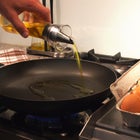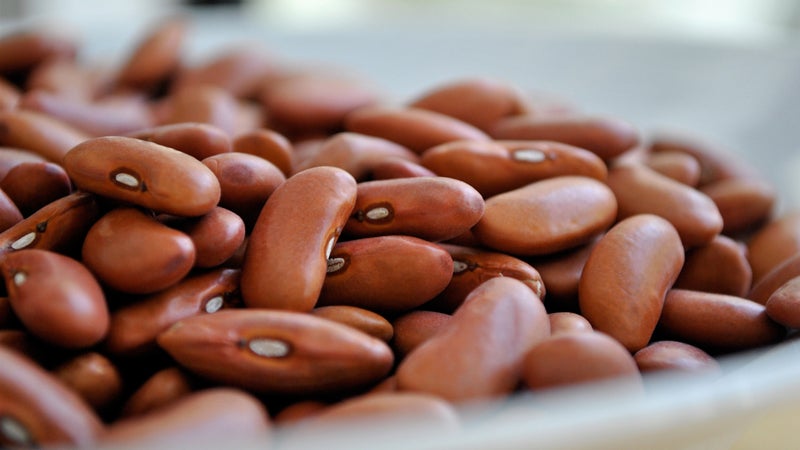Francis Sheil, lead chef at the in Antarctica, has spent a total of 62 months of “ice time” and two complete (nine-month) winter seasons at the South Pole. Sheil has plenty of advice for cold-weather cooks, even if they don’t encounter Antarctic conditions as he does.
 Oils keep well and are much needed fats. Sheil recommends having seasoning oils (olive and sesame) as well as an herb-flavored olive oil on hand, as well as traditional cooking oils.
Oils keep well and are much needed fats. Sheil recommends having seasoning oils (olive and sesame) as well as an herb-flavored olive oil on hand, as well as traditional cooking oils.“The greatest challenges for me are variety and quantity,” Sheil says. His go-to items are beans, grains, and potatoes. It doesn’t hurt that these carbs take flavor well, and can be shaped, molded, and cooked in a variety of ways. Another of his top ingredients is barley, which has a nutty-taste and sound nutritional quality.
Sheil starts the winter season in February with a sizeable shipment of fruits, vegetables, dairy, and eggs. However, he won’t see fresh products again until November and must rely mostly on products that are dried, canned, or frozen. He checks fresh supplies daily, using the most rapidly aging produce first. “Oiling and flipping the eggs becomes a station social event,” he jokes.
Sheil encourages creativity. “When I see that the oranges are going, I’ll make candy out of them. When the cucumbers are getting soft, I’ll make pickles,” he says. “Learning some of the basics of jam and jelly making has helped me to keep berries from going down the drain.”
These tactics are vital in feeding the hungry horde of scientists who work at the research bases where he’s stationed. “The South Pole station is at very high altitude and it’s very cold, so the daily caloric need is nearly double to maintain weight.”


